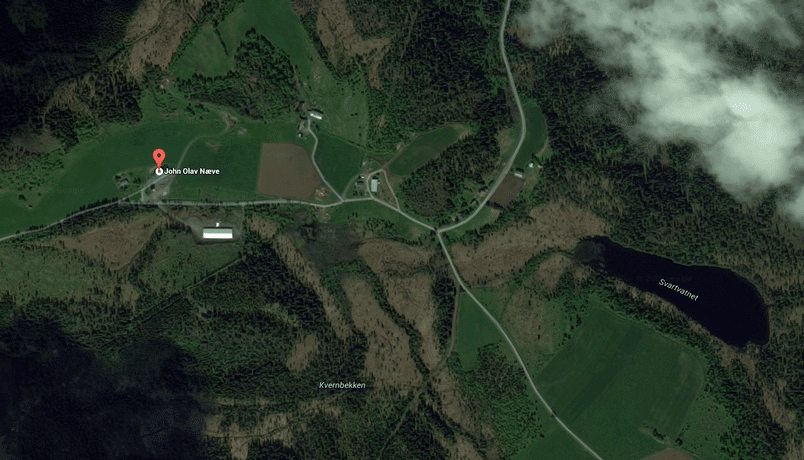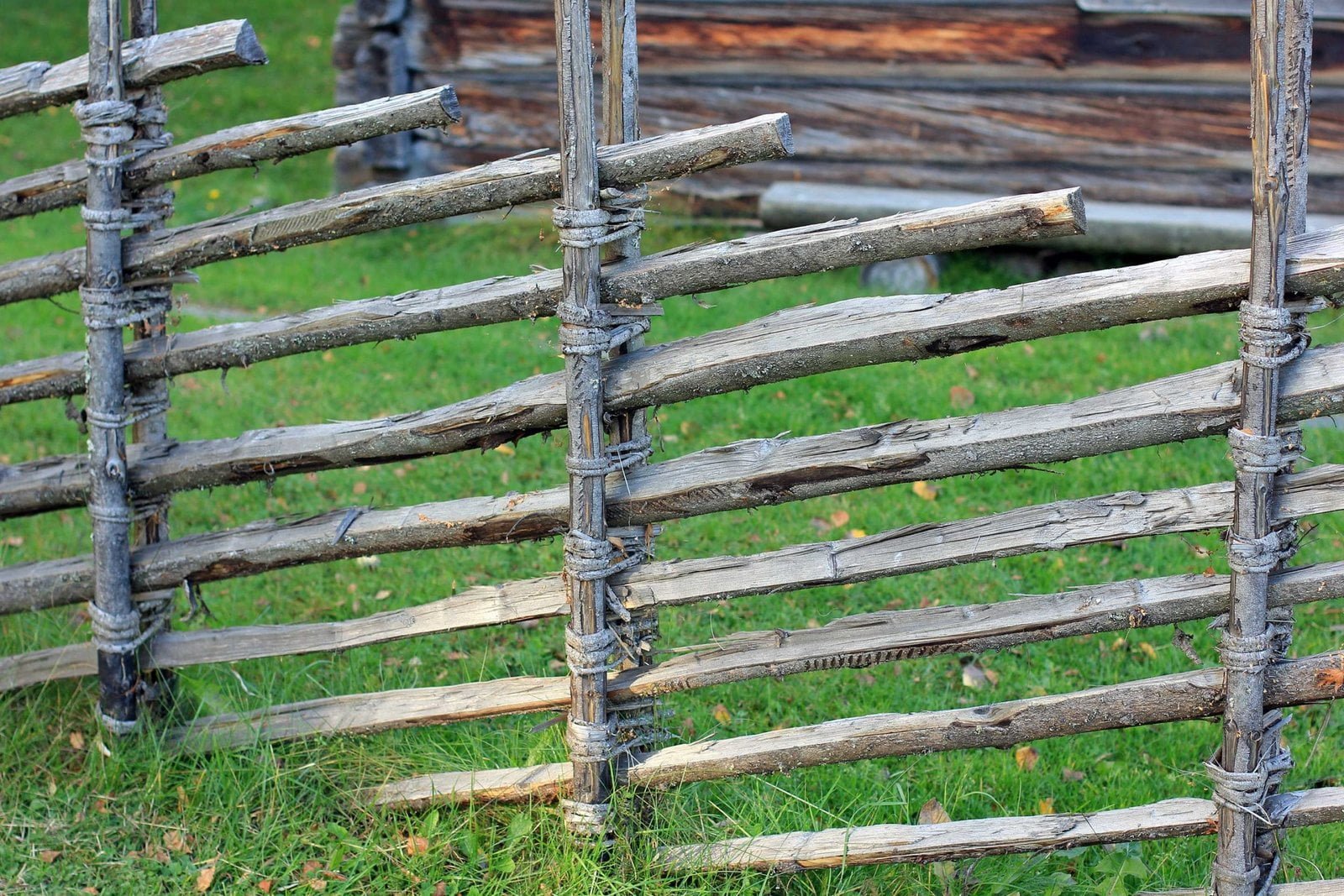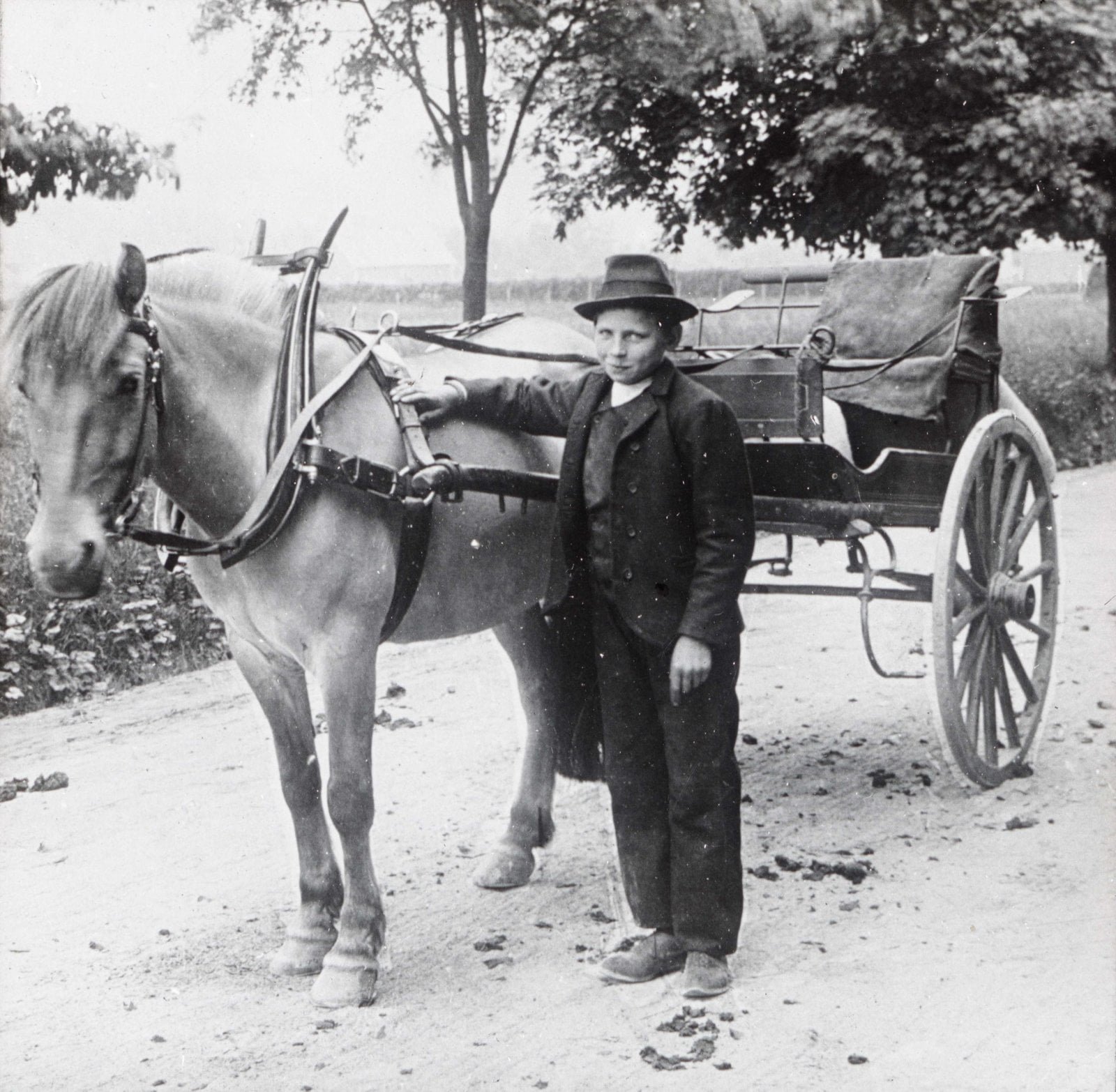The old coastal Norway
Throughout history and well into our own time, Norway was a society predominantly based on farming, fishing, gathering, and hunting.
For people living in the coastal areas, the sea was the primary source of food and income.
People lived in small, rural, and sparsely populated communities – on small farms or in standalone cottages – scattered across the landscape.
At certain central locations, fishing stations and trading posts emerged. There, people could sell their fish and other foods and goods – in exchange for necessities that they couldn’t make or harvest themselves.
Sometimes, these trading posts developed into small villages – and later towns.
What is a strandsitter?
In old Norwegian records and censuses, we often come across the title strandsitter. A strandsitter was a man who – with his family – lived and worked in the coastal districts and usually had a profession connected to the sea.
The strandsitter rented a small piece of land – on which he built a house that he owned, and that he lived in with his family. In English, we might call him a beach dweller.
The strandsitter normally belonged to the lower layers of society, but with direct access to the ocean, the beach dweller and his family rarely starved. However, the diet was often monotonous. As one coastal man remembered his childhood: for dinner, it was fish and potatoes – and – potatoes and fish.
The strandsitter was often a fisherman, but he could also be a sailor, a coastal pilot (los), a boatbuilder, a fish trader, a ferryman, a fishnet maker, a salt maker, a carpenter, a shoemaker, or have many other types of professions – or combinations thereof.
The strandsitter family may have had a few domestic animals and a vegetable garden, normally looked after by the mistress of the family.
A fisherman or a sailor often left their homes for months at a time, leaving the wife to manage the family alone. Sometimes, they lost their lives on the big ocean, far away from home. It could be a vulnerable existence.
In some old Norwegian records, a strandsitter was also called a husmann uten jord – which means a cotter without land.
A description of a beach dweller’s house
The early strandsitter houses were quite literally built on the beach, or very close to the waterfront. Usually, the short end of the house faced the sea.
One version of the house was a two-storey log house, with two rooms on each floor. The chimney ran through the partition wall between the two rooms.
One room on the ground floor served as a kitchen and had an open fire. The second room, a general living room, sometimes had a metal stove that went through the wall to the kitchen, from where the fire was fed.
In earlier centuries, the walls and floors of the house were sand-scrubbed and unpainted. The living room often had a long table with benches on either side. For storage, there might be a large corner cabinet and big chests.
The two rooms on the upper floor did usually not have stoves – and had to make do with the heat coming up through the floorboards or off the chimney. Sometimes, there was a small hatch in the floor, allowing warm air to flow up from the downstairs rooms.
The beds were usually fixed to the wall – and were wide enough for several people to share. The parents, older adults, and the young children often slept in the living room on the ground floor.
At the side of the house, attached to the main log frame, there was often an inbuilt hallway. There you might find a steep staircase leading to the upper floor, and maybe a small room used as a pantry, a closet, or a privy. This section of the house had no heating.
At the beginning of the 1700s, people began to cover the house’s outside walls with planks for improved insulation.
People dismantled their house when they moved
In the old Norway – it was common for people who did not own the land they lived upon – to dismantle their house and take it with them when they moved.
If they built a new house, they often sold the old one to someone else – who then moved it.
Kudos to the Norwegian strandsitters
The historical Norwegian beach dwellers were hardworking, knowledgeable, and honourable people.
They may not have been rich in gold and belongings, but they most certainly knew the ocean and their land – and how to eke out a living.
Kudos to the Norwegian strandsitters of all time – and pride to their descendants – in all corners of the world.

Source: Hamran, Ulf. I sørlandshuset. C. Huitfeldts Forlag AS 1985. Nasjonalbiblioteket nb.no. | EGP.00067











